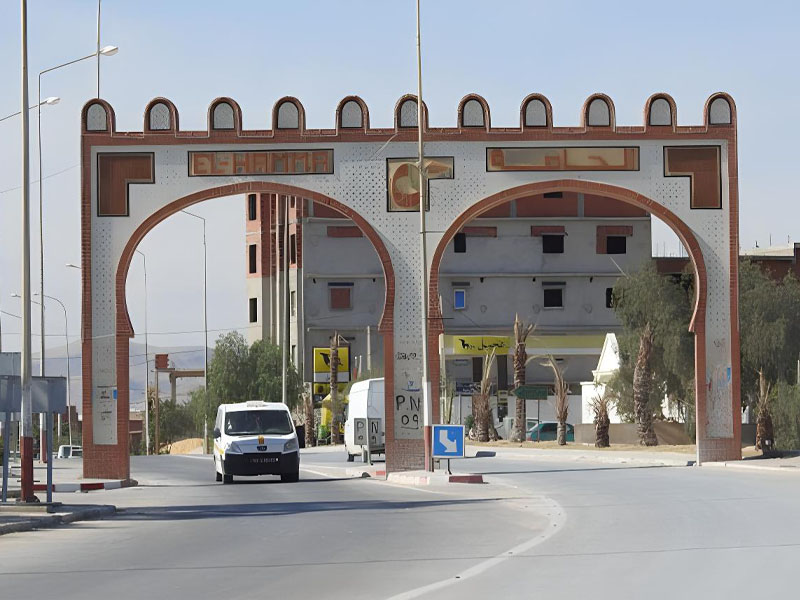The Roots of the Couplet in Bani Yazid Folk Songs in Al Hamah
Issue 20

The couplet, traditionally known as ‘Sawt’, is two lines of sung poetry that have the same rhyme.
The couplet is mentioned in Kitab al-Aghani, (The Book of Songs), an encyclopaedia of history, literature, music, biographies, poems and songs based on one hundred couplets selected by the Caliph Harun al-Rashid, which indicates that couplets date back to the Abbasid era. The art of the couplet is closely associated with the open desert and the movements of Bani Yazid tribe. This type of singing comforted and refreshed the tribe’s members during their long travels in search of water and ways to earn a living. Sawt means voice or sound, and it includes calling and crying. This is directly related to life in the desert, so the couplet takes its musical features from its semantic origin.
In Al Hama, couplets are performed at all social occasions, including weddings, funerals, circumcisions, and henna ceremonies.
The art of the couplet faced challenges in the Bani Yazid’s history, because the knights of Bani Yazid considered it beneath them to recite or sing poetry and had servants and slaves with beautiful voices sing their poems instead; if a knight did sing, he would do so in a disguised voice in order to hide his identity.
The couplets can be sung either individually or by a group; members harmonize their singing despite their lack of formal musical training. Group singing is never prearranged, but improvisation does not diminish group performances. Couplets are never repeated.
Sameer Idris
Tunisia







































































